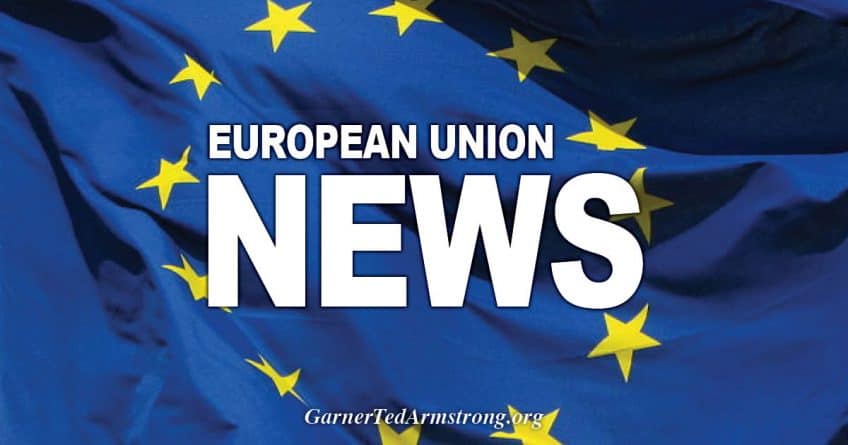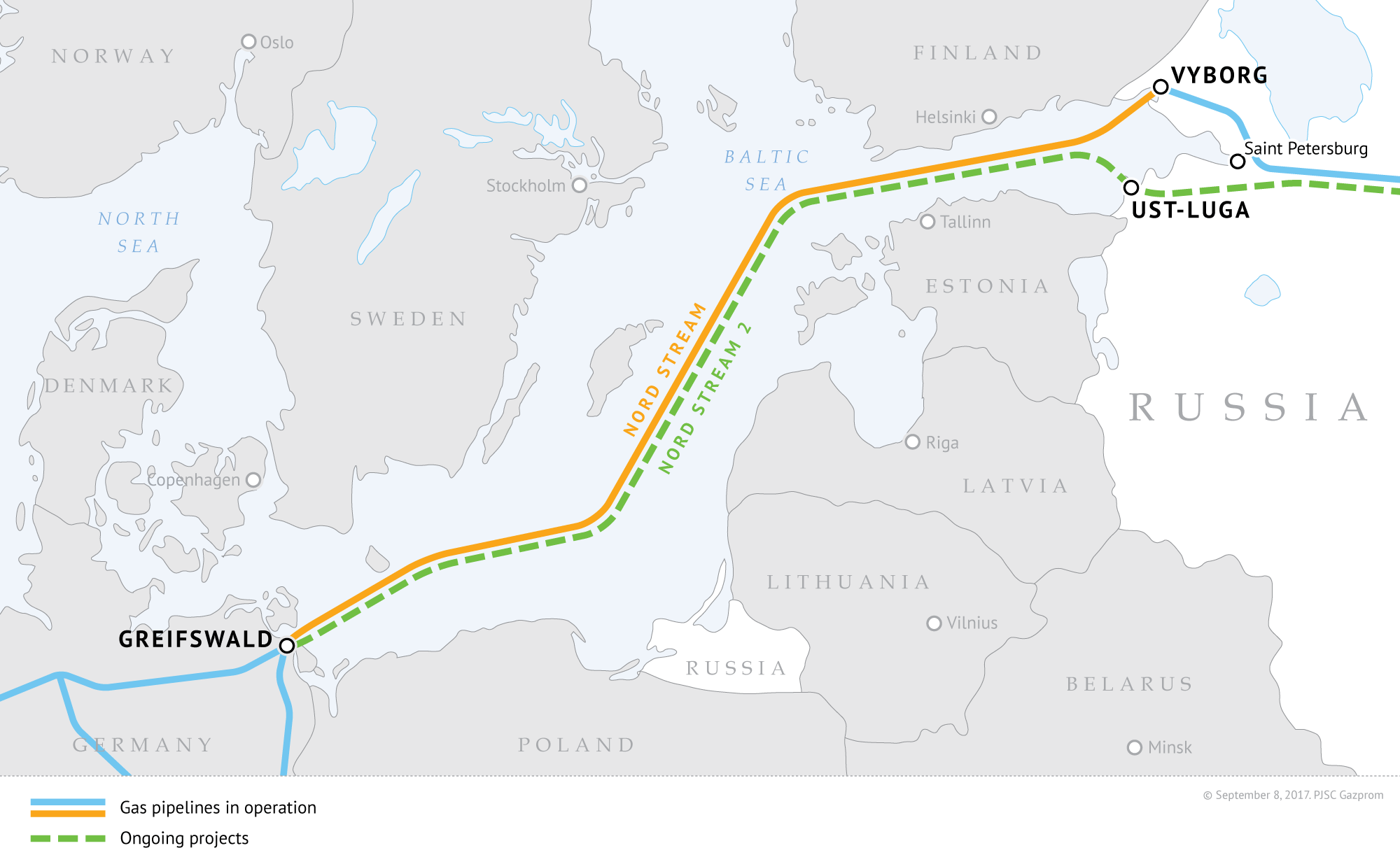- President Donald Trump on Wednesday blasted a planned natural gas pipeline link between Russia and Germany.
- The Nord Stream 2 pipeline has split European nations, with some saying it increases Europe’s dependence on Russia and poses national security threats.
- Germany relied on Russia for 50 percent to 75 percent of its natural gas imports in 2017.
President Donald Trump may have just made Nord Stream 2 a household name.
Ahead of a NATO meeting, the president blasted the German government on Wednesday for backing the new natural gas pipeline link from Russia to Germany.
The president’s point is that the United States is shouldering much of the budget for NATO, which was designed to counter the former Soviet Union and still acts as a bulwark against Russian aggression. In that light, Trump said Germany’s support for the $11 billion Nord Stream 2 pipeline is “inappropriate.”
He took his complaint to his Twitter account on Wednesday.
posted in: European Union, News











